In the immediate aftermath of a disaster, the goal is to treat survivors and distribute medicine, food and tents. But what happens when the aftermath is over? The long, slow process of finding permanent shelter is often a difficult challenge all its own.
Picture: Laprak village in Gorkha district in Nepal. SAJJAD HUSSAIN/AFP/Getty Images.
Japanese architect Shigeru Ban has brought aid to nearly ever major earthquake in the past 20 years. But Ban, who won the Pritzker Prize last year, is distributing a unique and overlooked necessity in a disaster: shelter and privacy. And now he’s heading to Nepal.
Ban is famous for building with paper and cardboard — most often in the form of tubes which end up being surprisingly sturdy columns and beams:
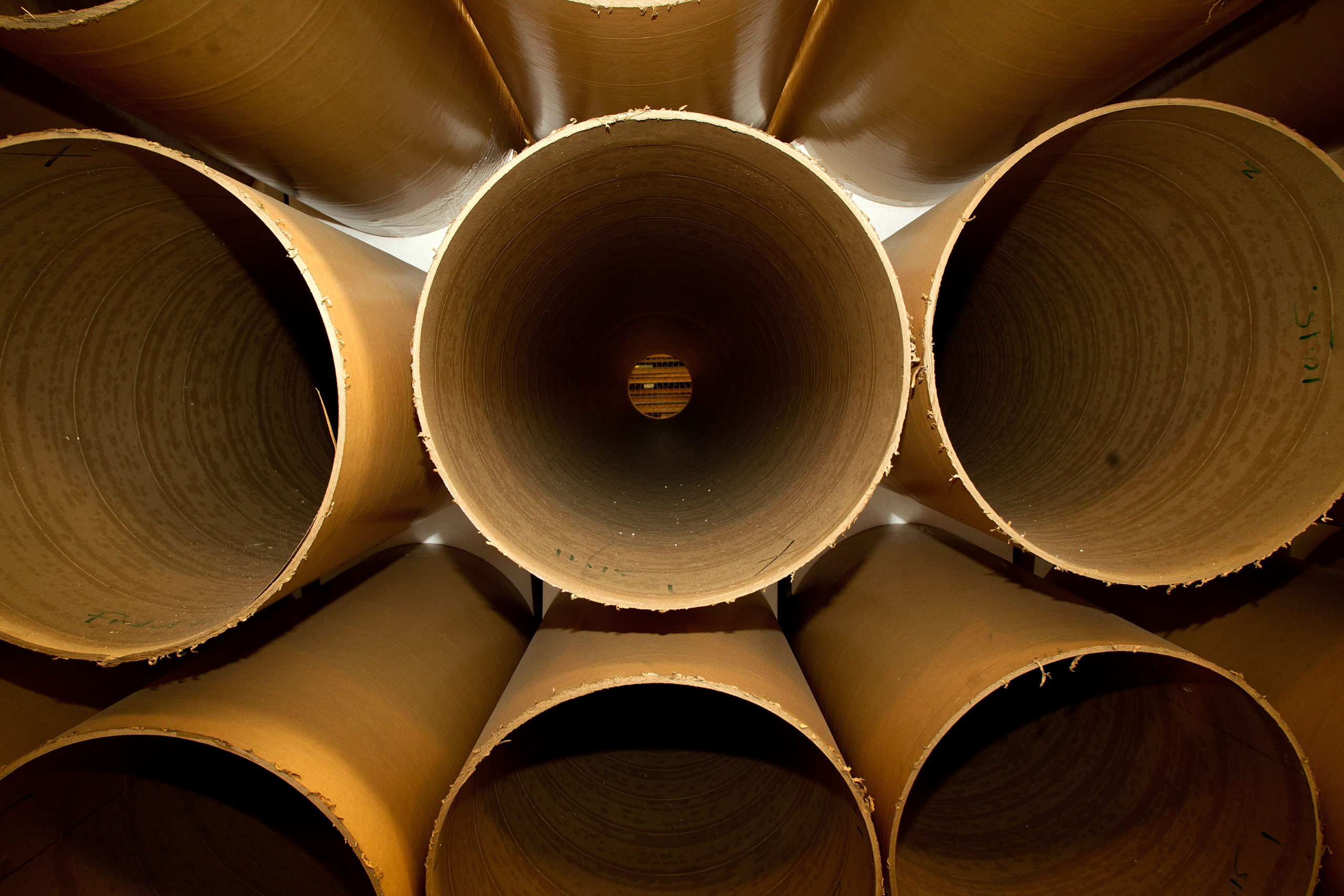
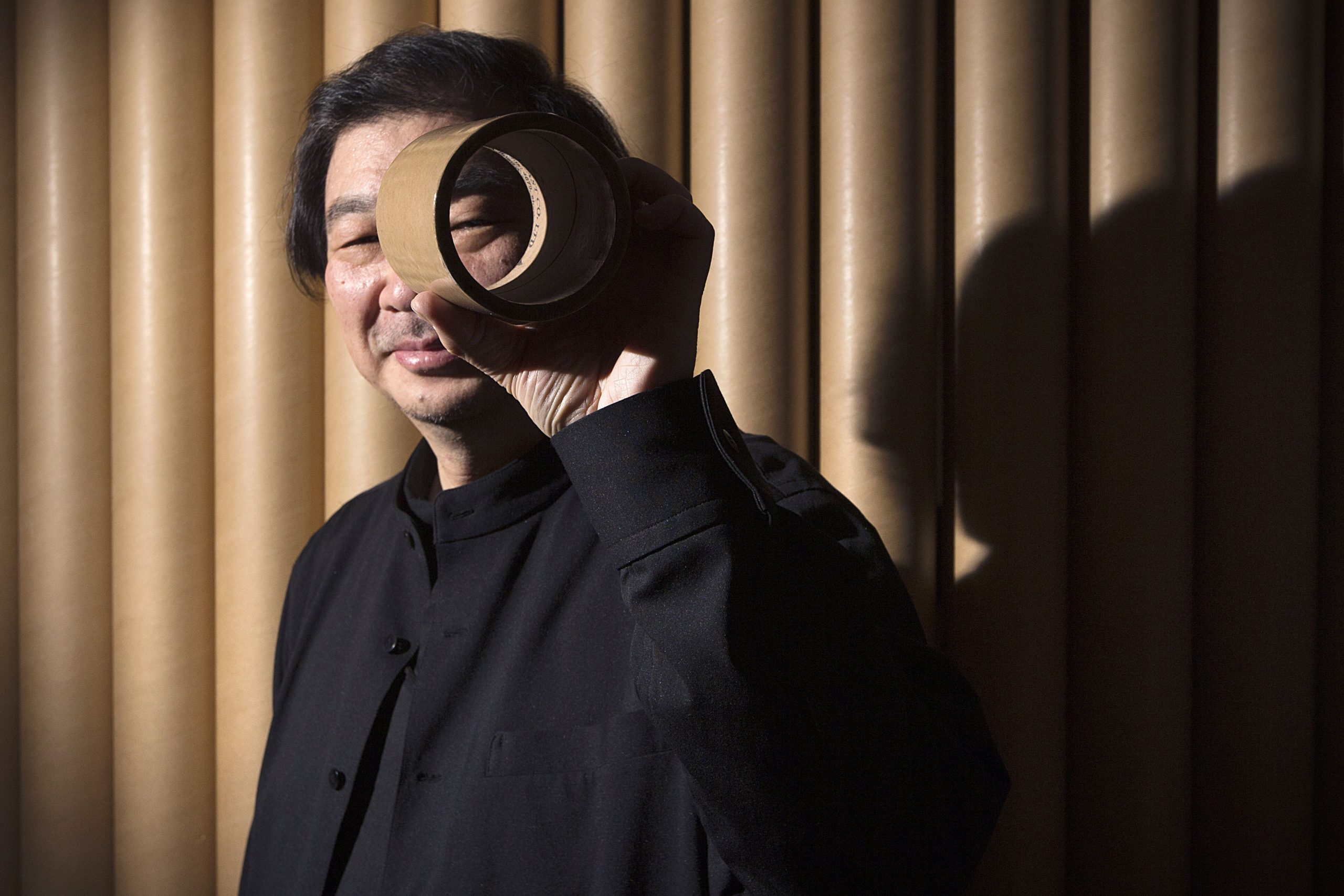
Marty Melville/AFP/Getty Images; JOEL SAGET/AFP/Getty Images.
His complex, super-light structures are almost instantly recognisable, and he’s used them in everything from permanent houses to museums, like the Centre Pompidou-Metz:
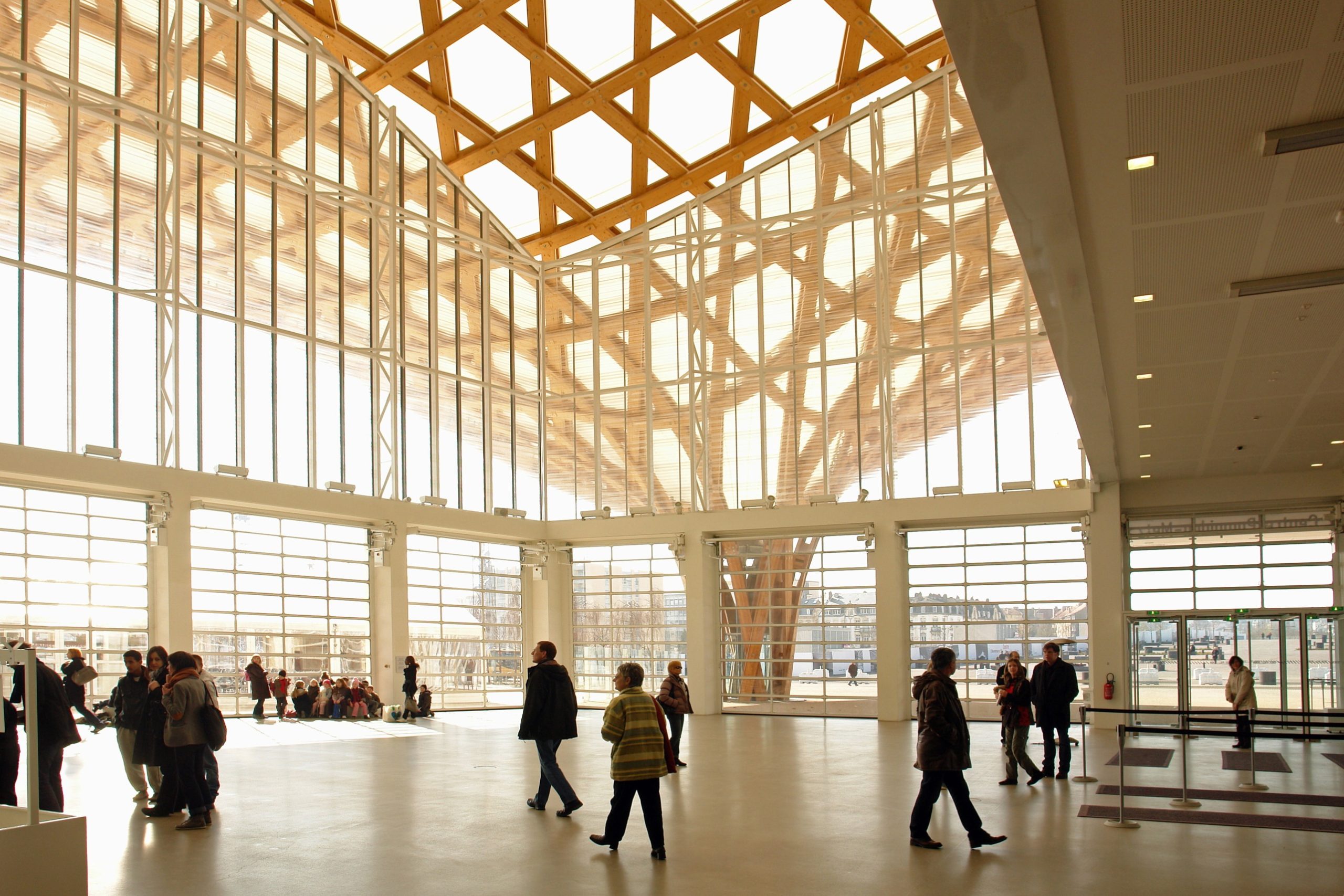
JOKER / Paul Eckenroth/ullstein bild via Getty Images.
But through his firm, a major part of his work is bringing shelter to areas where it is needed most, ranging from earthquake-ravaged citizens of Kobe and Christchurch, New Zealand, to refugees in Rwanda.
Ban is bringing more than just tents (though he brings those, too). One major problem with post-disaster recovery are the weeks — months — of homelessness that survivors must endure. It can take a huge mental toll well after the disaster: No privacy, no real shelter, and no security. Ban’s paper structures are quick to assemble, safe in aftershocks, and can often be built with local materials for not much money.
Here’s Ban with a version of his Paper Log House, which he’s brought to at least three earthquake zones to house survivors using cardboard tubes as structure:
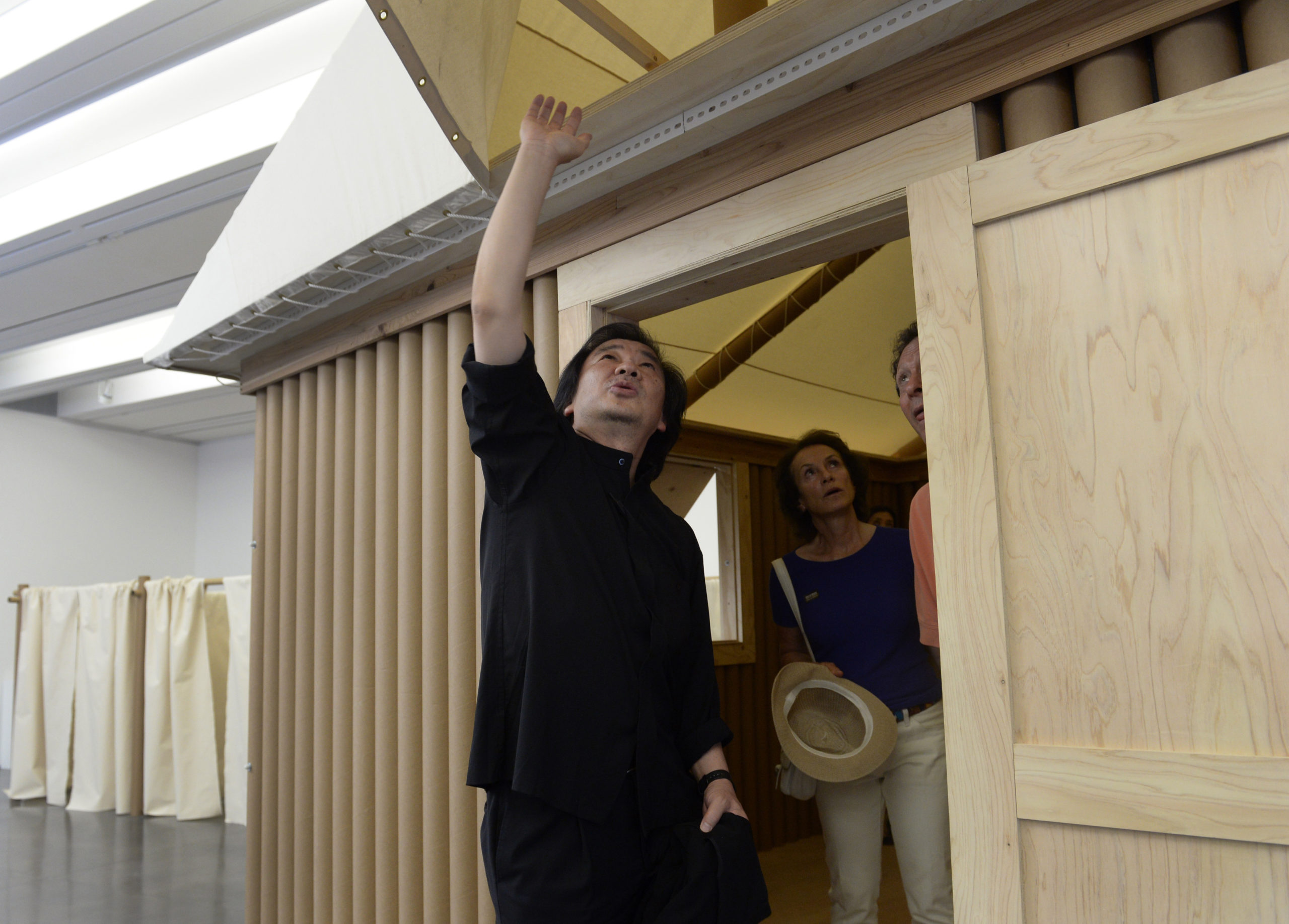
Picture: Kathryn Scott Osler/The Denver Post via Getty Images
After the 2011 earthquake and tsunami in Japan, Ban and his team got started by helping some survivors set up privacy screens in the gyms where they had taken refuge:
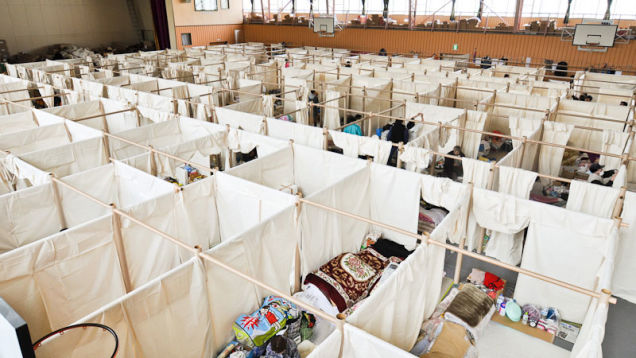
Eventually, the firm designed semi-permanent housing developments using shipping containers and paper tubes to give people long-term housing as the region rebuilds:
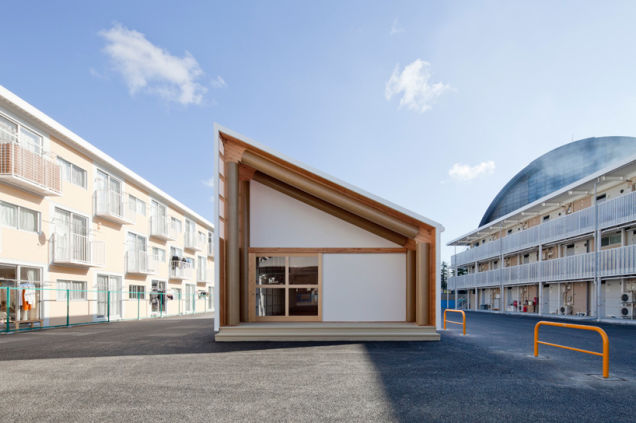
Ban doesn’t just focus on immediate shelter — he focuses on longer-term rebuilding. After New Zealand was hit by an earthquake in 2011, he got to work planning a semi-permanent replacement for the church that had been destroyed in Christchurch. It opened in 2013:
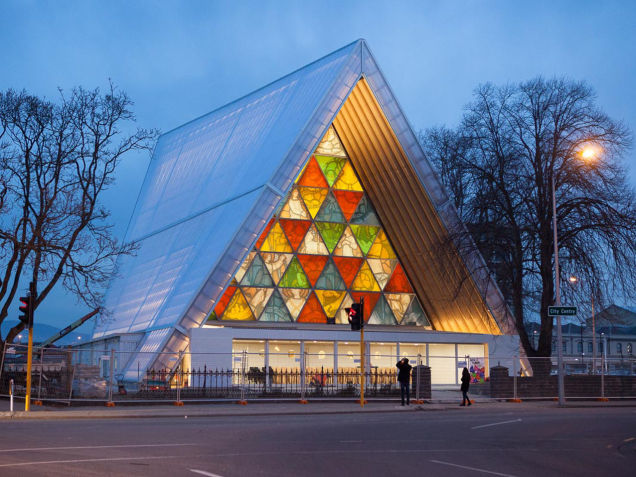
Now, Ban and the Voluntary Architects’ Network are heading to Nepal, according to Architectural Record and the architect’s website. The group is already working with Nepalese people who are living in Japan to understand what kind of design details would make sense in their shelter designs.
Like the Japan effort, it’s going to happen in phases. In the immediate “emergency” phase, the group will bring tents, medical stations, and plastic tarps that are so desperately needed by the thousands of people who are sleeping outdoors in Nepal. Then a “transition phase”, where they will work with local architects and design students to build semi-permanent shelters out of local materials. Finally, the team will draw on its experience building permanent houses.
The whole process will take months — but that’s the whole point. Once the initial emergency relief efforts are finished, the process of rebuilding and recovering is really only beginning. You can donate to his fund here.
[Shigeru Ban; h/t Architectural Record]
